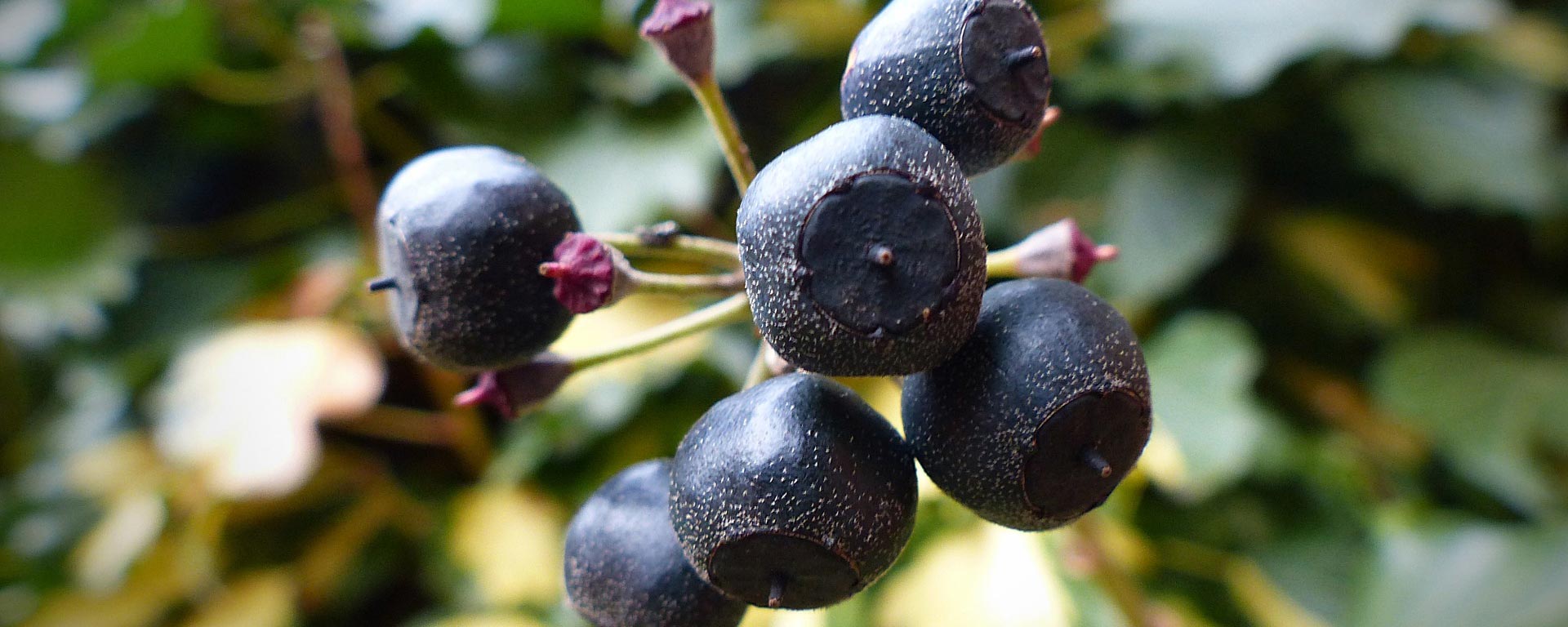The summertime is not only attractive for its warm weather, but the brightly coloured and sweet-smelling flora. These plants don’t just attract insects and birds to their fruits, berries and flowers, but us humans and our pets, too. Unfortunately, as delicious as some of these look, not all are good for us to consume, with many being highly toxic.
Poisonous Plants
While most adults know not to eat plants without first being certain if it is healthy to do so, many children do not, and the attractive colours can be hard to resist. This also goes for pets, especially cats and dogs, who often decide what they want to eat based on how nice something smells.
1. Lily of the Valley
Lily of the Valley is very common in the UK and, unfortunately, grows close to the ground, making it easy for children and pets to reach. Just a small amount is known to cause headaches and hallucinations, while higher doses can cause severe rashes and heart palpitations.
2. Rhubarb
Rhubarb often confuses people because it conjures up thoughts of Rhubarb Pie. However, eating too many leaves is harmful to your kidneys.
3. Hydrangea
One of the world’s most well-known poisons—cyanide—occurs naturally in hydrangea. Fortunately, humans and animals have to consume an awful lot of these plants before becoming fatal.
Poisonous Berries
The UK is full of flora which grow colourful berries. Unfortunately, many look similar while some are highly poisonous. So, adults with children or pets should avoid planting the following plants, and unless you can identify berries from the plant on which they are growing, you should avoid picking and eating wild berries.
4. English Ivy
English Ivy produce berries up until late spring, so some might still be hanging around in the summer. These dark clusters of toxic berries look like black currents, and people often mistake them.
5. Castor Oil Plant
Castor Oil is known for its health benefits, so many commonly assume the plant must be healthy, too. On the contrary, the berries are so toxic that death can be instantaneous.
6. Elderberry
Like Rhubarb is associated with pies, Elderberry is used to make wines and jams. However, un-ripened berries, which are about the size of a pea, are poisonous.
Poisonous Plants for Pets
Some toxic plants and berries are faster acting and more lethal for pets due to animals absorbing the things they eat into their system more slowly. Thus, toxic substances stay in their system for longer, giving them more time to do harm. Pet food specialists James Wellbeloved have produced a more comprehensive list of plants which are harmful to our pets, but here are some of the more threatening ones.
7. Autumn Crocus
Autumn Crocus is one of the earliest recorded plants noted for possessing medicinal properties for humans. Unfortunately, this doesn’t extend to animals, and just a small amount can be fatal.
8. Oleander
Oleander is highly toxic throughout the entire plant. Again, just a few nibbles can be lethal, so keep your pet away from this plant.
9. Tulips
Beautiful, sweet-smelling, hugely popular around the country…and very poisonous to cats and dogs. To many pets, tulips smell to good to resist a taste, so owners are best avoiding them altogether.

